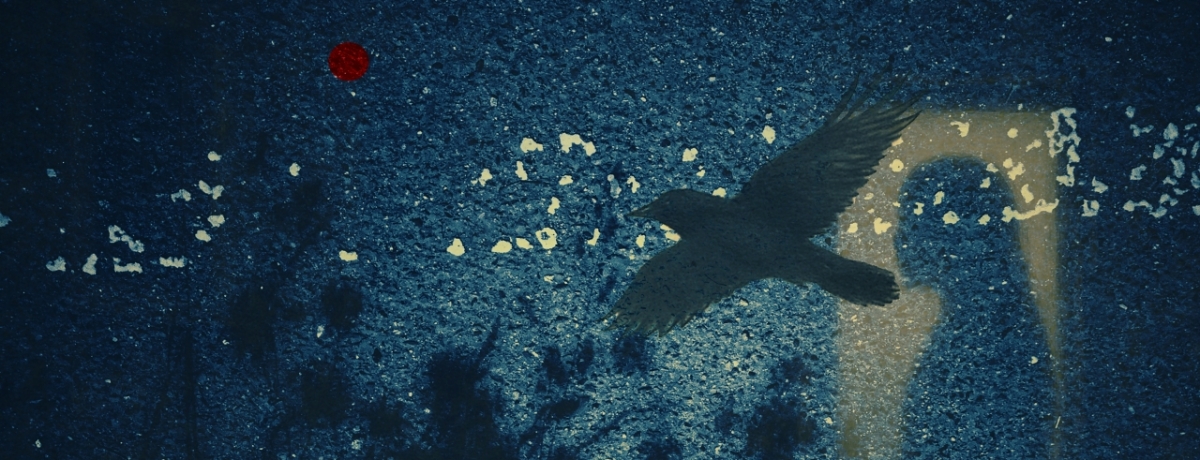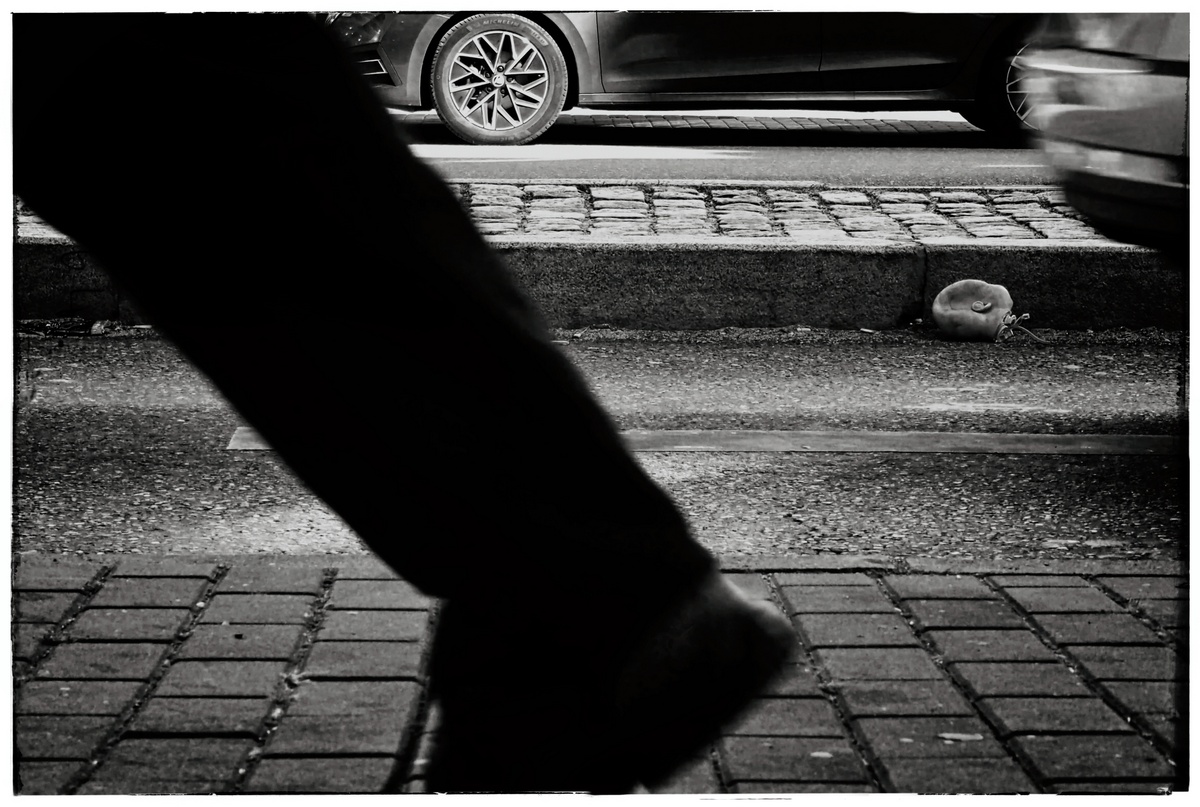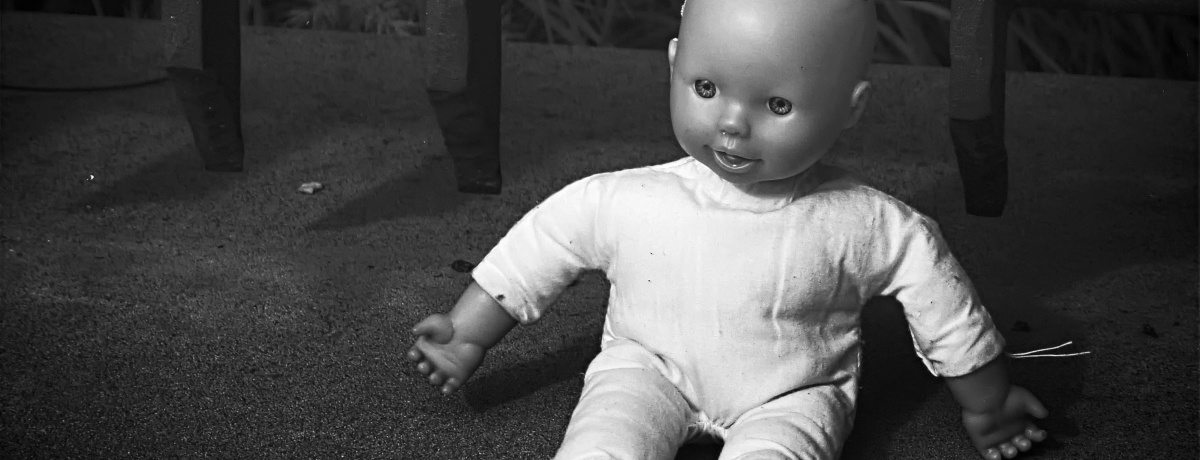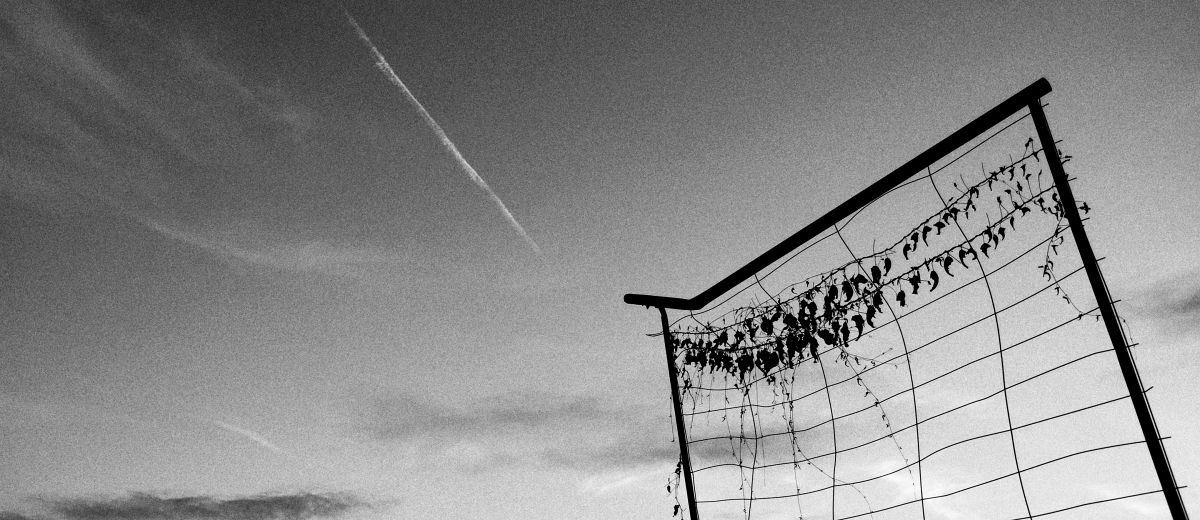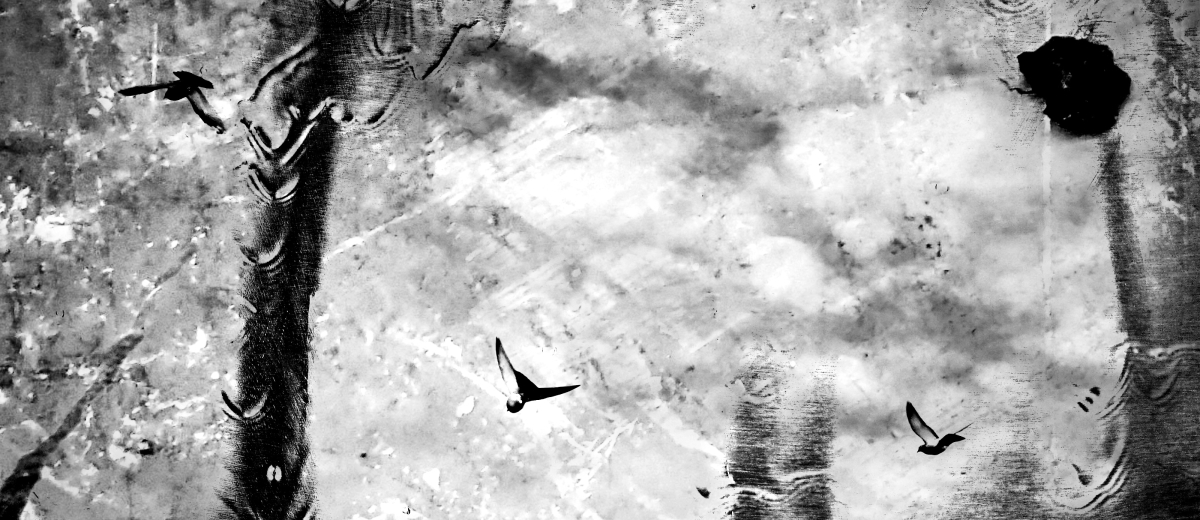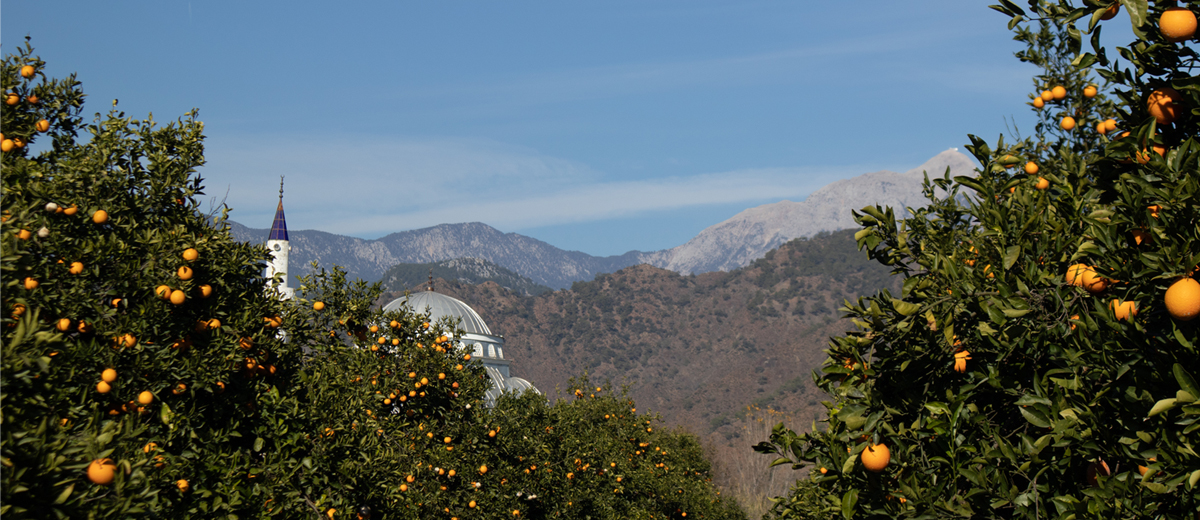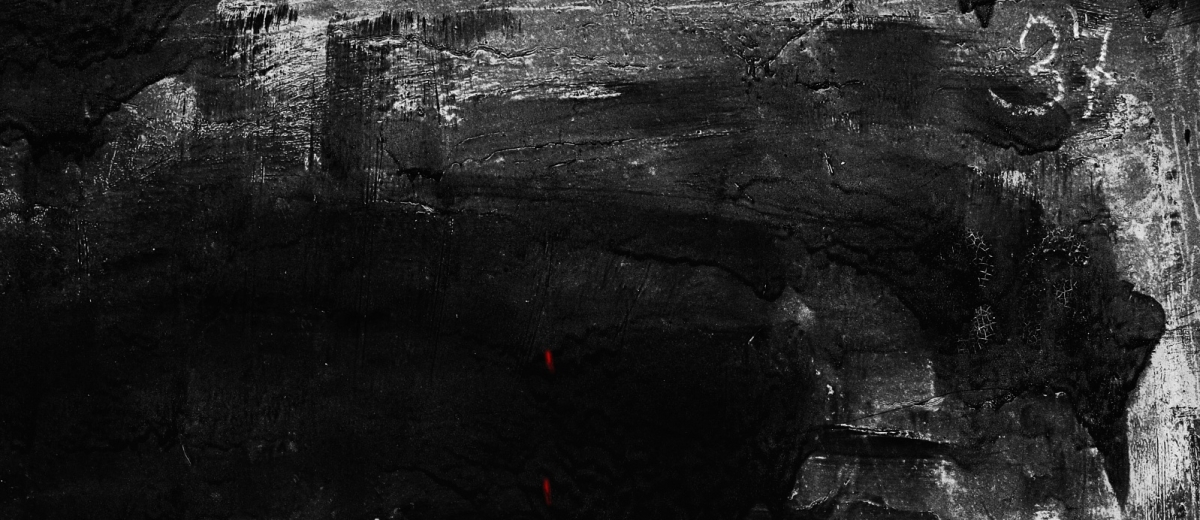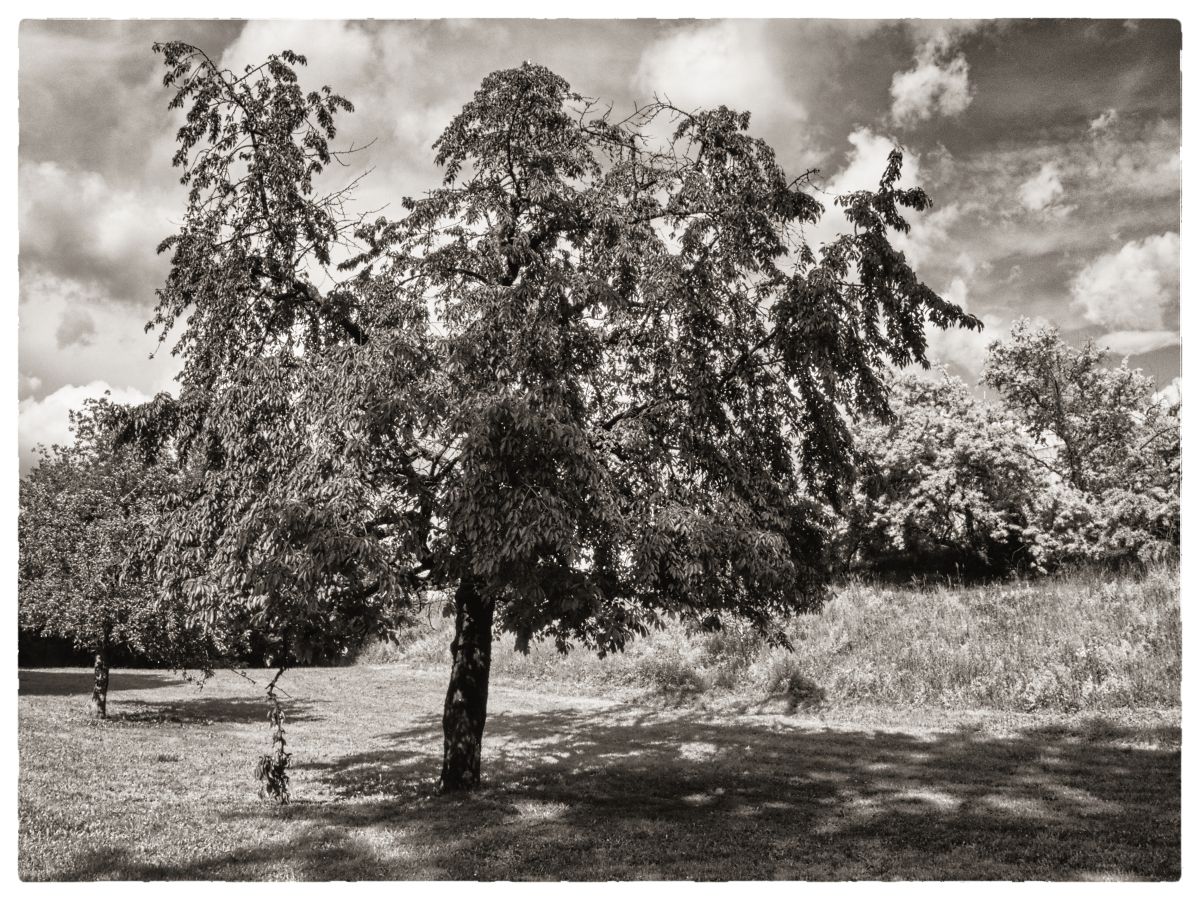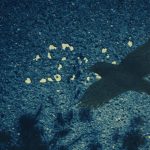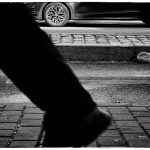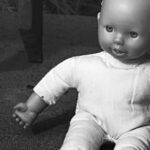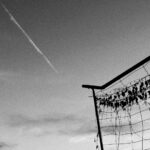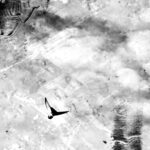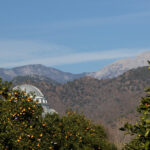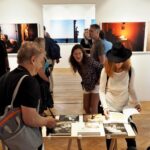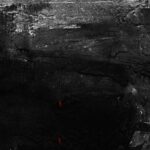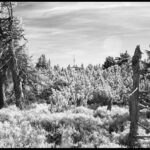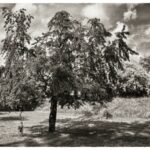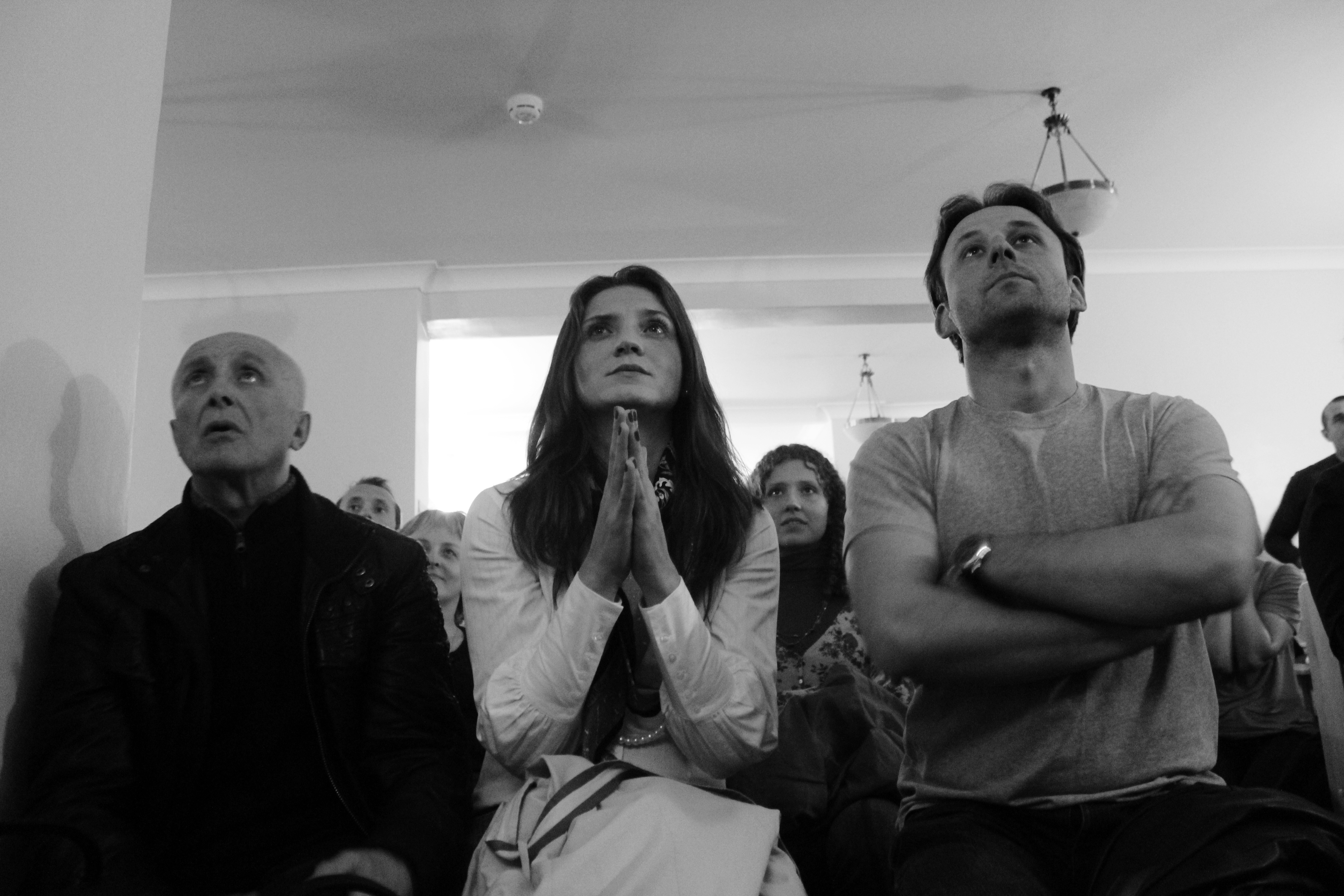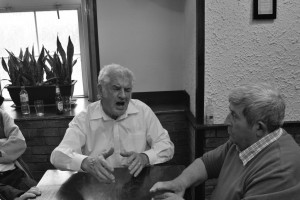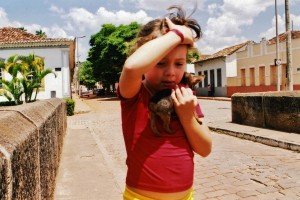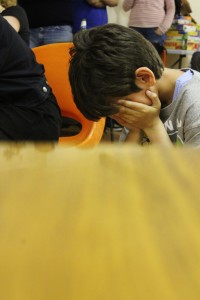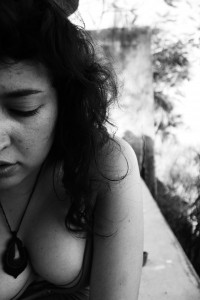At the height of a football craze in Brazil, we bring you interview with George Nelson, a London-based documentary photographer. Marty Fabianova asked about his recent book Come Sunday, which features pohotographs of Italian football fans in London. George Nelson talks about his passions, love of films and football and discovering new things at his doorstep.
_
Doing an interview with George presented a real challenge. Not because I have known him for over seven years, that in fact made it much easier, but because I know that he holds himself and others to very high standards. We met one Friday morning in a cosy coffee house in London’s famous Brick Lane. Each question created a fascinating capillary network-like response with many potential directions in which to take our conversation. To what extent we managed to manoeuvre the conversation ship to an interesting port, is up to you to decide.
I have only ever known you to take pictures, but do you still remember your first camera?
The first camera I have ever owned or the first camera I ever used?
Start with the one that was more significant for you.
The first camera I ever used was a Polaroid camera. Whenever I would look through family albums I was drawn to pictures that were framed in an interesting way. The Polaroids were framed like an old school television, so that was an immediate draw. I liked the immediate results too. I am not very patient. And I also just like the finish and the colours on Polaroid camera.
And the first camera you have ever owned?
The first camera I ever bought with my own money was a Nikon SLR camera. I was seventeen or eighteen, but I didn’t use it in a particularly intense way until I went to university. The first time I unleashed it was when I travelled to South America, then after that I got into good habits of catching the light at a particular time in the morning, a particular light in the evening…. It comes from being put in a situation when it almost feels awkward not to take pictures and that tends to be travelling. You know that you might not be able to see these things again. So, you take pictures. That’s like a kind of force of nature. Everybody does that.
What do you do in a situation, when you are travelling and you know that you have to capture a particular moment very fast without aiming for an artistic depiction?
I don’t think I aim for an artistic depiction any time ever. I guess there is a point where there is such a thing as an artistic pursuit where you are very conscious that there are a hundred different ways of taking a picture. There is a way that is more ‘artistic’ and there is a way that is very ‘economical’. I think that after a while it is internalised to a point that the way you take pictures is the way you take pictures. Stylistically, I don’t see much difference between when I am taking a picture for my book, potential exhibition, portfolio etc. or the way I would shoot wedding photographs. Maybe that’s wishful thinking. Perhaps somebody from the outside would say: „Very far from it, actually, there is a huge difference between the pictures in your book and the pictures in your family album.“ But actually I don’t see it like that at all. I think there are good pictures and bad pictures. And the good pictures capture the emotional truth behind what’s going on. That’s all.
You mentioned your book which you self-published last year. What was behind the idea of putting together your own book?
Like with lots of these things, it comes from a process of elimination. And then you arrive at a kind of happy accident. The idea was to get the pictures published in a newspaper or a magazine. The European Football Championship was on in 2012. I watch almost all of these big international tournaments. I figured if I am going to spend that much time watching football, I may as well do something with that time. And it sort of hit me a bit after that perhaps it is possible to put the images I take in a kind of book format, so I just experimented with book ideas. I created dummies of a book from folding and sticking together pieces of A4 in such a way that they replicated the book physical structure and page-turning motion. After a while I thought, ‚that could work‘, but it probably wouldn’t work with the bigger idea.
What was the bigger idea?
London is a very unique kind of meeting place for all the different cultures. And I figured that during this European championship of sixteen different countries playing in one tournament, London is probably the only city in the world where it would be possible to watch all these matches with the supporters of the participating countries. But rather than just do it in an English pub every day, why not find locations that are unique to those countries? There are certain stereotypes about immigrant communities, about their reasons, their motivation for coming to this country. This potentially gave me an insight I would not normally have. I also feel like football is great for people letting down their guard. However they carry themselves in front of you 99 days out of 100. Then on the 100th day there is football. And football is like a lie detector test. When something happens you see the real emotions, the real people, the real togetherness or the real fragmentation.
Emotions as such are fairly universal. Your book features one nation only: Italy. What made you to choose the Italian fans?
Two or three different reasons. Italy has had an association with football for years. There are terms in football that are exclusively Italian. When people talk about ‚ultras‘, the fanatical football fans, ‚ragazzi‘, the boys, ‚tifoci‘, the fans, all these terms, now being used in football lexicon across the world, are Italian. Obviously, I have done a little bit of research into the different venues that I could see all the different teams. The Italian one was instantly the most fascinating even before I visited it: people watching the match at the back of a church in Clerkenwell in East London. I have lived in East London for most of my life and I only had a vague notion that this church has ever existed. The idea that there was something on my doorstep undiscovered, by somebody who prides themselves on the ability to discover things, was fascinating enough. I went into that location with really fresh eyes. It’s kind of fascinating because on so many levels you do feel you are in Italy when you are in there.
Can you be more specific?
I grew up watching lots of Italian cinema from the 60’, 70’ and even 80’. So, these interiors are very familiar to me. You walk in and you think: this is like a hybrid of Italy, back in time! The church has been frequented through all those decades and each decade has left its mark on the architecture of the building. On the first floor, there are old Italian people playing card games, eating Italian food, drinking Italian beer. Then on the floor above you have the Inter Milan supporters club and the top floor is more like a crèche or a youth club. It is brilliant to have three different generations of Italians in the same building. But another reason why I would have chosen this location would be for practical reasons. Because Italy got to the final, it gave me an opportunity to visit that location three times. This was very revealing about the documentary process of taking pictures. The first time I was an outsider and my pictures kind of show that. By the end, the wide shots are very close, I am right in there and they don’t even notice me.
The images in your book capture the emotions of the Italian football fans. Yet, you don’t really like the book being referred to as a football book. If you were to extract the essence of the book, how would you describe it then?
I feel like football becomes a catalyst, a very convenient justification for all that camaraderie you see across the pages. And thank goodness for that, otherwise there would probably be no book. But it did not have to be football. I doubt some of these people really care about football. That’s apparent and it is revealed at points. For example in the very last image in the book one of the Spanish kids gets to be lifted on the shoulder of one of the players and walked across the pitch. You see kids in Italian jerseys pointing at the screen. At that moment, they don’t care about Italy loosing 4:0, they just want to be that kid walked across the pitch! But it’s not about children or women, the obvious stereotypes, some of the guys clearly do not care enough about the game itself. But they get caught up in it, it’s infectious. Certain things bring communities together; a common goal, belonging to something bigger than your own very basic life narrative. I also think it comes back to that idea of immigrant experience. London is not theirs, but that church is definitely theirs. And that ‘Little Italy’ area is theirs. It’s a territorial thing. It’s almost as if you lose, than you give up a part of your territory.
To be able to capture raw emotions, you have to be, as you said, pretty much in people’s face. But similar to the Dogma movement in cinema, you have an aversion to a zoom lens. Do you have to compromise a lot?
What you refer to as a compromise I just see as an intelligent solution to a problem. For example, I might have my ideal way of shooting, but if the only access to my subject from the position I am located in, is to put the camera on the floor, I’ll do it. As a rule, I hate putting the camera on the floor, because it is unnatural vantage point. But it might be the only vantage point to capture a moment; therefore it makes it truthful. It’s when people force it, I don’t like it. But I do like pictures that are very natural. Frank Sinatra was very into boxing. Once, he was at the Mohammed Ali x Joe Frazier fight. He is obviously pretty famous, so he was not going to be sitting at a row 175, he was in a row 1. The problem with that, of course, is the angle. It’s steep. Sinatra took some great pictures from that seat though. They look like if he was shooting up a high building. It absolutely captures his experience as a viewer and you can tell. You know he did not choose the angle because it is somehow interesting, but it is out of necessity therefore it kind of makes it authentic.
Apart from authenticity, do you have a set of rules you follow?
I have my own life experience therefore I have my own accumulation of tastes, things that have been internalised. For example, I will not take pictures of homeless people. I find it a complete intrusion. Whiles you might say, well, it is in the public domain, it is rarely through choice. To me, it’s the same thing as taking pictures of you through your window. They live in the street, you live in a house. It’s the same. And that’s where my rules come in. Similarly, I could not be a war photographer. Frankly, if I was a war photographer, my pictures would not pass the very first stage of editing. Conceptually, in my opinion, war photography is flawed. I see war photography all the time where it looks like high end cinematography, like a big Hollywood Blockbuster. I imagine war is very raw. If I was that morally inclined that I could go to the front line and take pictures of decapitated people, I certainly would not be doing it in a particularly glamorous way. I’m not going to make blood not look hideous; I’m not going to make severed heads look like something you want to look at.
You studied cinematography and English literature and I know you love music. Is there a cinematographer, writer or musician, who has influenced the way you take pictures?
I was reading Raymond Carver stuff the other day. He wrote an anthology of short stories the film Short Cuts is adapted from. He is all about tiny details in seemingly insignificant moments of the day. There is no particular story. He is all about small details in a person’s non-narrative because our lives are mainly like that. Most days are roughly the same. It’s the subtle shades that are the real story, not the headline. That as a concept is weirdly a bigger influence for me than any visual thing I can think of. I like the idea that if you are looking through my book, you get to the end and perhaps your first instinct is to think: ‘I kind of enjoyed it, but what was it about?’ And you go back and it reveals a little bit more. Then you go back again perhaps you start to see that there are little character stories. It rewards frequent visits, something that is more lasting, not instantly gratifying. It perhaps leaves you wanting more rather than exhausted by these people at the end of the book. And that’s what Raymond Carver stuff does as a writer.
And any cinematographer?
Vilmos Zsigmond, who shot the The Long Goodbye. It’s very subtle in the way it’s shot. He reveals just as much, several meters away from the lens as what is directly in front of the lens. There is a deep focus there. That’s in a way an aspiration for me. He captures everything within the frame and it is not even that clear who the main protagonist is. The camera does not stop moving for one second of The Long Goodbye, but very rarely do you think it is moving at all. It’s not important that you notice it in a conscious way, but in an unconscious way it is completely affecting the way you are taking in the information. He credits the audience with an intelligence that few visual artists do. And I like to do that with my pictures. I like for somebody to think, he does not have any agenda other than to give me the ability to decide what the story of the book is. It actually empowers the viewer. I always appreciate writers, musicians who trust me enough to come to my own conclusions. So, I try to do the same with my own stuff.
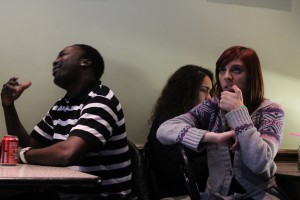 Very shortly, you are off to Brazil, the centre of the World Cup. Are you tempted to take pictures of the emotions there? Or do you feel like you have done it already?
Very shortly, you are off to Brazil, the centre of the World Cup. Are you tempted to take pictures of the emotions there? Or do you feel like you have done it already?
I am more interested to see the way most of the Brazilians are responding to the idea of the World Cup being in their country, which is completely different than the way they respond to the ninety minutes. Whether you care about football or not you will be caught up in the whole thing. If Brazil wins the World Cup, people who did not watch a single match will be celebrating on the streets. That’s less interesting to me. Brazil is a country I have been to several times and there are some very real problems. The World Cup was supposed to solve some of these problems, but in so many ways the situation is worse. People in a position of responsibility have at times spoken quite irresponsibly about the situation. For example, the Brazilian player Ronaldo said: „No World Cup ever has been built on hospitals.“ Fortunately, I think, the majority of the people there have been mobilized by this politically and it seems the protests have been active. Ideally, I want to see people being happy, but it is not a happy situation. Therefore I will be quite disappointed if I don’t see the street protests.
What do you think it will be like?
I don’t think I get a real sense until I am there. But I will tell you one sad story. I went to a match between Corinthians and Vasco de Gama when I was in Sao Paulo last year. Maybe a quarter mile from the stadium, every 20 yards or so, we would see local people selling all home made food from their car boots. It’s a cultural thing in Brazil on a match day, because the stadiums are in fairly residential areas. Their food is not only great, but it is also cheaper than food elsewhere in Sao Paulo. I was saying „Man, this will be good during the World Cup. People will love it.“ And I was told that during the World Cup, the local people have been banned from selling their food within a 1 mile radius from the ground. It’s obscene.
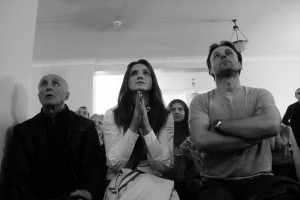 Do you have anything particular in mind you would like to capture?
Do you have anything particular in mind you would like to capture?
I am just going to be receptive to whatever goes on. Let’s not be naive about how photography works. In documentary, the script is already written before it even begins. I am not going to pretend otherwise. In my head, there is part of me that thinks if I went there and I saw all these extremes of emotions, strong protests, different generations participating in these protests and perhaps Brazil wins the World Cup and then you see the other extremes. That makes for a big visual and publishable story. But my instinct tells me that it does not have to be like that. I can go there, on the surface nothing headline-worthy happens, but if I shoot in an honest way, I will capture something of interest.
_
„Between four eyes“
When I met George for the first time, I was little embarrassed by the fact he knew more about Czech football and Svankmajer’s films than I. It is fascinating how much information this man can absorb. Being a photographer with a photographic memory must certainly help. As there is no other way how to explain his profound knowledge of history, music, literature, cinematography, politics, football or development. Since we have known each other, I have witnessed him talking with random people from any place on the planet like if they had known each other for years. He knows how to look and how to ask interesting questions. And his photographs reflect that. But he only reveals to you the true depth if you look with a zoom lens yourself, if you ask intelligent questions. George’s work is kind of like The Great Pyramid of Giza. One can think: ok, a square and four triangles, so what? After a closer examination, you learn that it is the most accurately aligned structure in existence as it faces true north; the interior temperature is constant and equals the average temperature on the Earth, and when you place a razor inside the pyramid overnight, it sharpens itself. Perfection of a simplicity.
_
About the author:
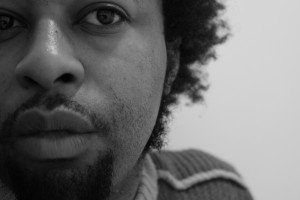 George Nelson is a British photojournalist, curator and lecturer based in London. He was born in 1978 in Scotland, spent part of his childhood in Nigeria, grew up in England and lived for almost a year in Brazil. George studied English Literature and Cinema at Brunel University. Between 2007 and 2012, he worked as an associate lecturer at the University of the Arts London. Come Sunday, his book on London’s Italian immigrant community, was self-published in 2013. The book was borne out of George’s highly ambitious Euro 2012 project. Previously, George’s photographic accounts of Mexico City’s 2011 Weekend of Protest had featured in an assortment of Mexican publications.
George Nelson is a British photojournalist, curator and lecturer based in London. He was born in 1978 in Scotland, spent part of his childhood in Nigeria, grew up in England and lived for almost a year in Brazil. George studied English Literature and Cinema at Brunel University. Between 2007 and 2012, he worked as an associate lecturer at the University of the Arts London. Come Sunday, his book on London’s Italian immigrant community, was self-published in 2013. The book was borne out of George’s highly ambitious Euro 2012 project. Previously, George’s photographic accounts of Mexico City’s 2011 Weekend of Protest had featured in an assortment of Mexican publications.
_
